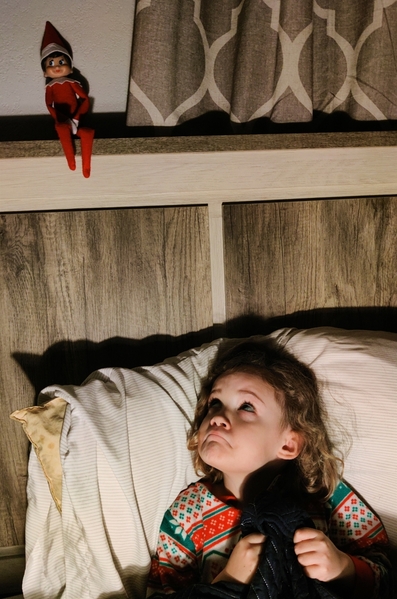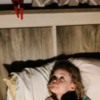-by Kristin Beasley, PhD
The Elf on the Shelf, Santa’s number 1 helper has joined more than 13 million homes and the popularity seems to continue to grow. Here’s how it works as written in the description on Amazon.com
“The Scout Elf is placed on a shelf or somewhere in the house to watch your children throughout the day, then each night the elf returns to the North Pole to tell Santa Clause whether your family has been naughty or nice. With this information, Santa decides if you are getting presents or coal for Christmas.” (retrieved from Amazon.com)
This kind of game is teaching so many unconscious messages that I think parents needs to think through if they want to have open communication with their children.
Kids really don’t like Elf on the Shelf as much as you think. Some children, especially younger ones, are afraid of Santa’s little helper. Older children view the elf as the spy who’s only job is to keep them from getting presents if they don’t play along. In a child’s world, this is really bad! Think about it, your parents place this doll on the shelf then tell you that if you misbehave when they are not around, then Santa won’t bring you any presents for Christmas. The message is confirmed by a book, that makes this information very real for children.
Have you ever had someone spy on you at work for the purpose of reporting to your boss? Then to make matters worse, your promotion or raise is attached to that report. If we think about the concept of The Elf on the Shelf, all the way through, basically the elf in your house is equivalent to the office snitch.
Most parents want to have good communication with their children. The elf is not exactly the model we want to help us grow kind, caring and thoughtful humans who are able to get help when they need it. The elf can be a vehicle for learning and having fun if we just change a few of the rules. How about re-tooling the Elf on the Shelf to HELP on the Shelf. Tell children that this doll is not watching them. That is a scary thought. Let them know that it is just a game. Give children permission to make mistakes then share those mistakes with the Elf. Then suggest they come to you, the parent, to help them figure out what to do to fix their mistake or get help with a problem. If children only talk to the Elf, thinking that Santa will get the message, and help them, what happens when the child is ignored? The elf is not real, and so telling children to talk to it is a total set up for the child, and a missed opportunity for parents to connect with their child. I don’t think most parents want that to be the message their child gets, after being told to talk to the listening elf.
I’m not saying throw away The Elf on the Shelf. I am saying we can change the rules around this game a bit and make it a very good family communication tool that can be used year-round. It might not be as dramatic as finding the little sneak dangling from the ceiling in the morning, but it will definitely reduce stress in your children’s lives and make them happier people.
-Dr. B
For more information on this topic, please click here to listen to Dr. B’s podcast on “Magical Thinking”!



Comments (0)